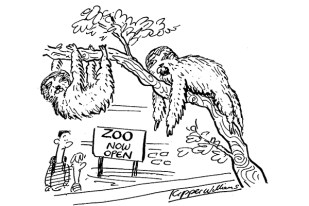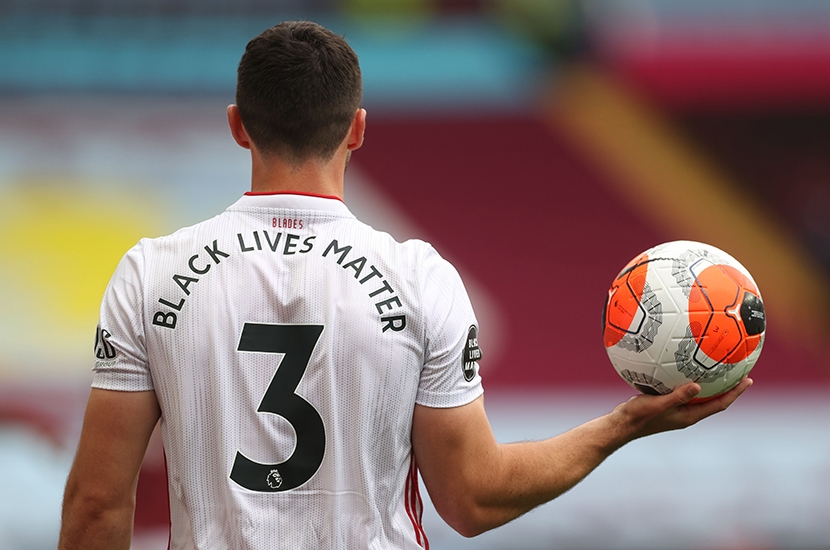It might seem puzzling that we have seen such a furore about racism and racial discrimination at this particular time in our history when all possible measures of racism indicate that there is less of it in Britain than at any time in the past 70 years.
A decade ago, 41 per cent of us ‘-strongly agreed’ that we would be content for our children to marry someone of a different race. That has now risen to 70 per cent. In 2006, 55 per cent ‘strongly disagreed’ that you had to be white to be ‘truly British’. That has risen to 84 per cent.
It may surprise many that blacks are more likely to go to university than whites by 41 per cent to 31 per cent, although it is true that only 9 per cent go to Russell Group universities compared with 12 per cent of whites.
White boys wear football shirts with the names of their black heroes on their back: Marcus Rashford or, at the club I follow, Wilfred Zaha. Boos and monkey noises once heard from the crowd have — with a few exceptions — been replaced by cheers.

What is the explanation for the outburst of agitation about racism now when there is so much less of it? The trigger for the demonstrations was, of course, the horrible killing of George Floyd. But beneath the surface, something else is going on. It is a repeated phenomenon in human behaviour: the less something is a problem, the more people talk about it, demonstrate about it and show their concern for it.
I first noticed this phenomenon with regard to poverty. I was researching the long-term history of poverty and welfare provision in Britain. In the Middle Ages, dozens of famines took place.







Comments
Join the debate for just £1 a month
Be part of the conversation with other Spectator readers by getting your first three months for £3.
UNLOCK ACCESS Just £1 a monthAlready a subscriber? Log in